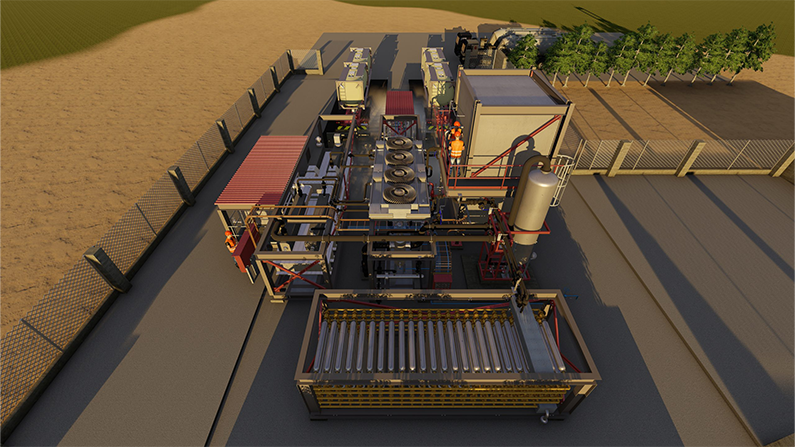This article is reproduced with permission from OwnerTeamConsultation (OTC).
For more information on OTC services please see www.ownerteamconsult.com
The global consumption of natural gas continues to surge, with its share in primary energy supply hitting a record high despite the COVID-19 pandemic. This growth trajectory is driven by population expansion, industrialization, and its role as a cleaner alternative to coal and crude oil.
Small-scale LNG plants have gained traction, offering an innovative means to transport gas, particularly from isolated or smaller gas reservoirs. These plants differ significantly from large-scale LNG facilities in various aspects, from application and value chains to cost and flexibility.
While large-scale plants rely on extensive infrastructure and long-term contracts, smaller counterparts offer modularity, quicker construction, and adaptability to diverse gas sources.
Understanding these distinctions is crucial for optimizing LNG production, distribution, and cost-effectiveness in evolving energy landscapes.

